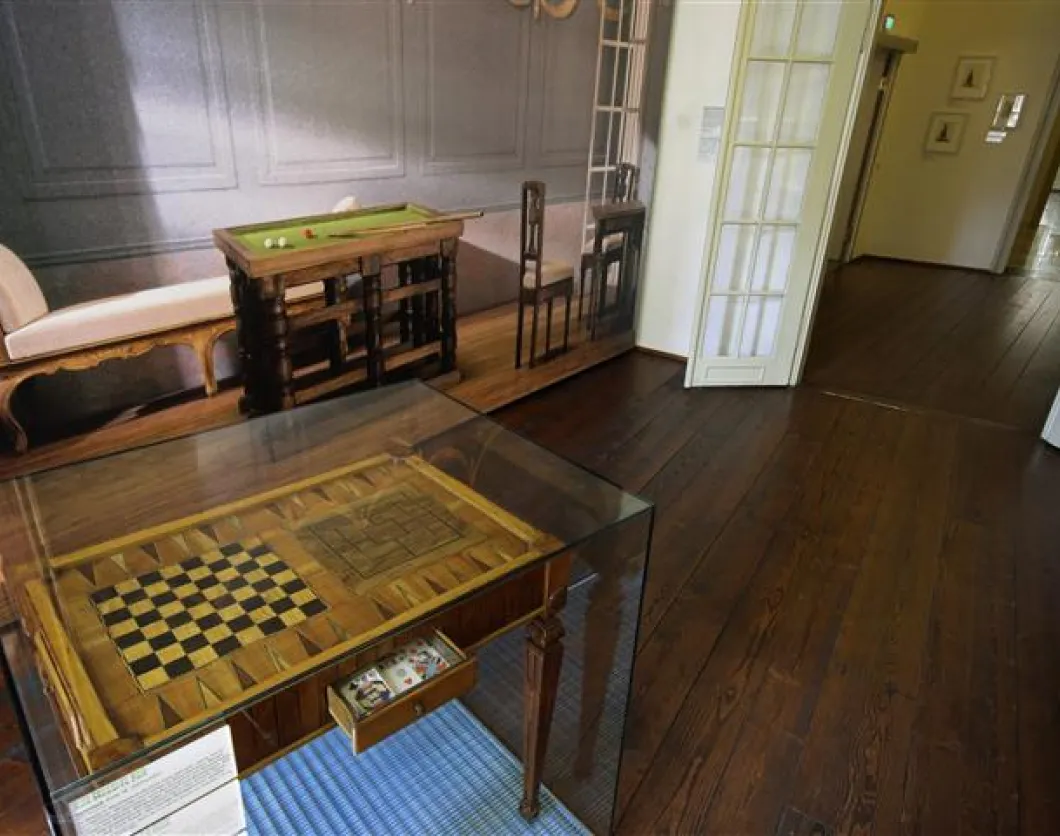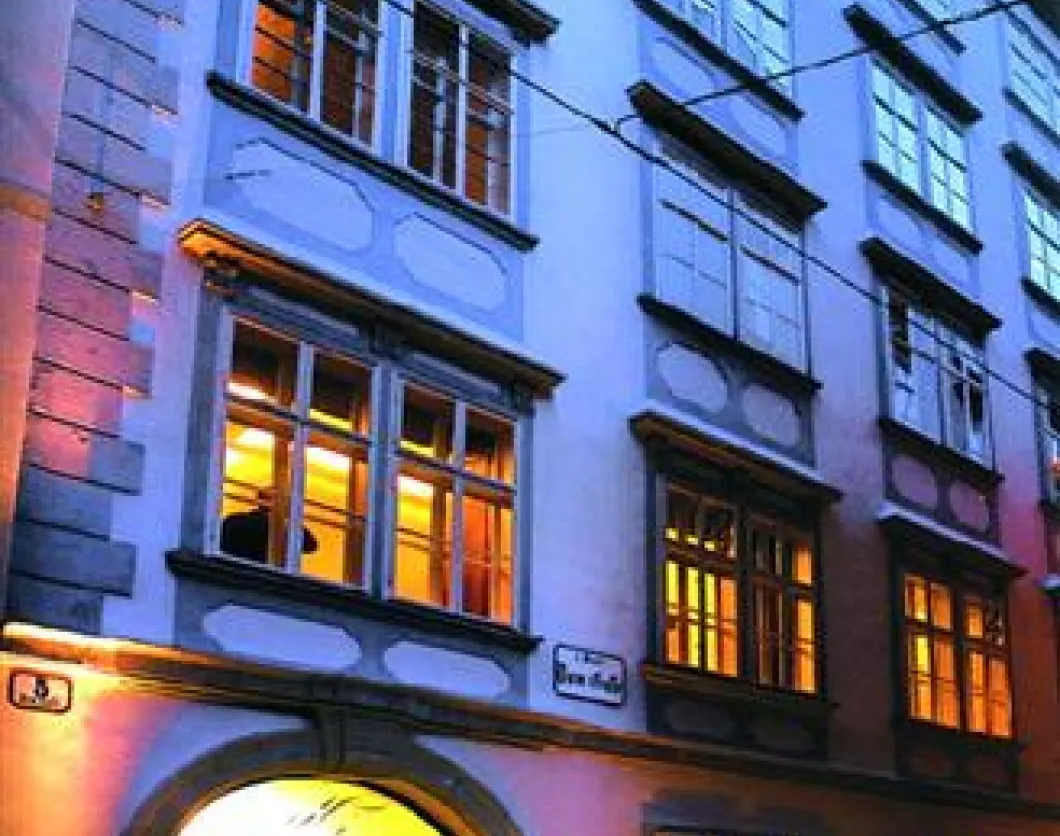“I assure you that this is a magnificent place – and the best place in the world for my profession,” wrote Mozart to his father about his house in Vienna, and the comment proved to be correct. In the ten years he lived here he composed many of his most important works and matured to become the artist whom we know and appreciate today. He also earned a lot of money and was able to enjoy an extravagant lifestyle – as is impressively demonstrated by the only surviving apartment at Domgasse 5 close to St. Stephan’s Cathedral. Mozart lived here in the impressive bel-étage from September 1784 to April 1787, during which time he composed his famous opera The Marriage of Figaro. After being left untended for many years, the Figaro-Haus, as it was called, was finally refurbished and Mozart’s apartment integrated in the new four-storey Mozarthaus Vienna, where music lovers can now find out all about Mozart’s Vienna years.
Following Mozart’s famous quotation from a letter to his father Leopold, the tour starts on the third floor of the building, where visitors are offered audiovisual information about the various places in which Mozart lived and his personal and social situation in the baroque eighteenth-century Vienna. Another area deals with the people of importance to him: the emperor, clients, patrons, friends, theatre officials and other contemporaries. Mozart’s relationship with the freemasons and his sometimes unorthodox behavior are also investigated.
The presentation on the second floor deals with Mozart’s operas, with particular emphasis on the da Ponte operas The Marriage of Figaro and Don Giovanni. It looks at the musical context, fellow composers and rivals and also his last great work, the Requiem. The Magic Flute area features a multimedia installation and shows that Mozart does not belong to a single country or city but to the whole world.
The tour continues in the historical surroundings in which Mozart actually lived with his wife Constanze, their children, three servants, the dog Gaukerl and the bird Starl. Mozart and his wife arrived here with their nine-day-old baby Karl Thomas. A second child was born here but died a few weeks later. Visitors can see where the billiard table stood, where Mozart worked, where the servants slept, and where Mozart’s multilingual library was installed. As the original furniture no longer exists, it is replaced by multimedia installations and some outstanding historical objects like the rare late eighteenth-century flute clock. A further highlight is the Camesina room, used by Mozart as a bedroom, which contains a sample of the famous Viennese stucco artist’s work. On the ground floor is Café Figaro, and the museum shop is on the first floor, technically in the neighboring house, Domgasse 3. Concerts, readings and symposiums take place in the delightful vaulted lower basement.
The programme for the year 2010 features The Marriage of Figaro, which was composed by Mozart at Domgasse 5. An exhibition entitled “What we are not allowed to say we’ll have to sing” until 6 June looks at the musical context surrounding Figaro and its reception. From 26 June the second special exhibition of the year, “You will see how merry we can be – Mozart and women”, will look at Mozart’s relationship with women such as Aloysia Weber and Nancy Storace. Three concert cycles with renowned performers round off the programme.
Photos: Mozarthaus Vienna/David Peters
By Alfred Stalzer









